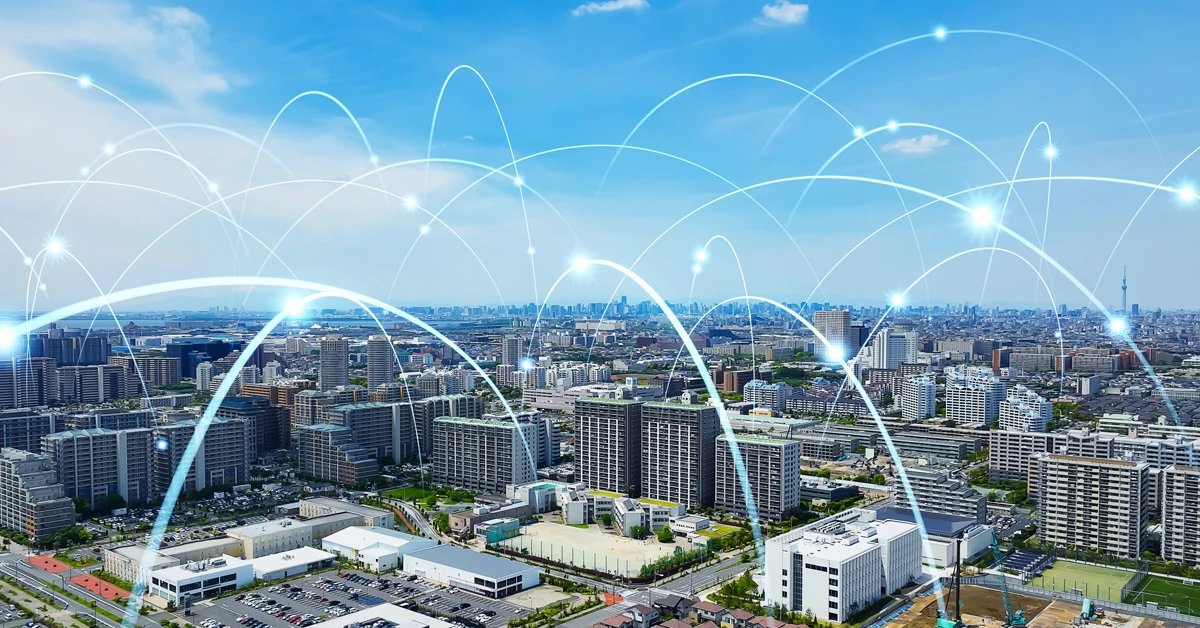Submarine Fiber-optic Cable Systems
How do submarine fiber-optic cable systems mitigate signal loss over long distances?
Submarine fiber-optic cable systems mitigate signal loss over long distances through the use of repeaters strategically placed along the cable route. These repeaters amplify the optical signals, compensating for the attenuation that occurs as the signal travels through the fiber-optic cable. Additionally, the cables themselves are designed with low-loss materials and advanced signal processing techniques to minimize signal degradation over extended distances.








